Spider Bites Characteristics
Even though many people fear spiders for their venomous bites, there are a few things that need further explanation. First of all, although some spiders may be able to kill people with their bites, most of them cannot.
Moreover, in America there are two types of spiders which present a threat to people. All the other types of spiders may not have enough strength in their fangs to penetrate human skin, let alone inject us with poison. Therefore, unless you are bitten by a black widow or a brown recluse spider, both native to South America, you will have no significant problems triggered by a spider bite.
However, if one of the two abovementioned do bite you, your life might be at stake. For all these reasons, it is important to know how to recognize a dangerous spider and a spider bite, in order to react timely and prevent any possible complications.

Manifestations of Spider Bites
When bitten by a spider that does not have poison, you will experience pain, redness, and irritation around the spot. However, these symptoms may be reduced with cold compression or by taking some anti-inflammatory medication as well as pain killers.
The bite effect fades completely after a period of one week. Alternatively, often due to the contact with a spider, one may develop an allergic reaction in need of adequate treatment.
- Spider bites are common but the majority of species create little clinical presentations.
- There is only one aggressive spider named funnel-web in Australia, which attacks the human being without provocation.
- The majority of venomous spiders are found in Latin America. These large spiders are quite aggressive and their venom is pharmacologically highly toxic. Their bite results in severe pain, neurotoxic effects, diaphoresis, severe allergic reaction and priapism.
- Other spiders normally exhibit aggressive behavior after being trapped, injured or provoked.
- The severity of reactions to spider venom depends on factors such as its amount, site of biting and its duration and age and health condition.
- Mortality due to spider bite is rare. Spider venom includes different peptides and substances affecting sodium, calcium and potassium channels in neurons and also glutamate and acetylcholine receptors.
- Spider bite victims develop symptoms such as pain and swelling in the site of biting, necrosis, pyrexia, pulmonary edema, respiratory distress, hypertension, kidney dysfunction and death.
- Three important syndromes are caused by spider bites: latrodectism, loxoscelism, and funnel-web spider syndrome.
As mentioned above, if a small, shiny black spider, with a red hourglass marking on its belly, bites you, there is a reason for fear. This spider, the black widow, delivers a bite causing a sensation similar to that when being poked by a pinprick. Double fang marks may be noticed around the spot, causing serious pain, irritation, swelling and redness. Even though one should be careful while bitten, a black widow bite rarely causes death.
The brown recluse spider, on the otherhand, has been known to kill small children by its bite, as well as some adults. An inch long, with a violin-like marking on its belly, this spider delivers a bite causing mild stinging at first, evolving into significant pain, causing blisters and black marks on the bite spot. Later, swelling and blisters turn into ulcers both outside andinside the skin. Alternatively, nausea, fever, abdominal and joint pain, rashes vomiting as well as some other symptoms may appear as well.
What To Do When Bitten?
Firstly, make sure you were bitten by a spider, since, many times, lice bites, other insect bites, infections, and many other conditions are mistaken for spider bites.
If a spider does bite you, along with cold compression and adequate medication, you must wash the spot with antibacterial soap and seek medical attention as soon as possible. In addition, you may catch the spider that bit you and bring it to the doctor. Finally, before seeking medical attention, you may stop the poison from spreading by tying a bandage tight, above the bite spot.




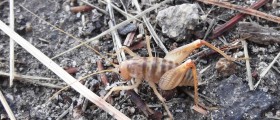

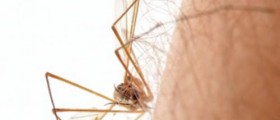
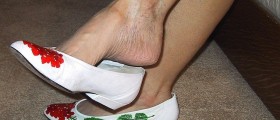
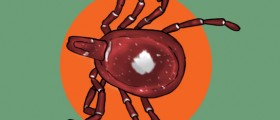
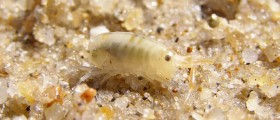
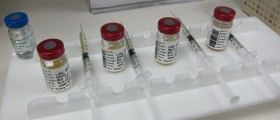
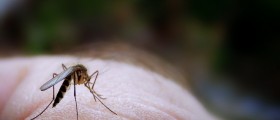

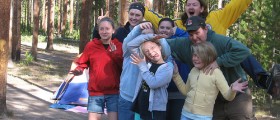

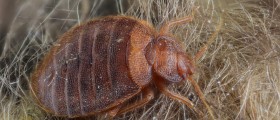

Your thoughts on this
Loading...